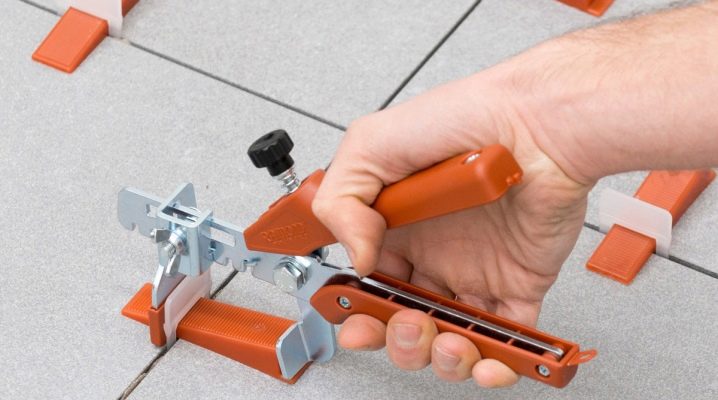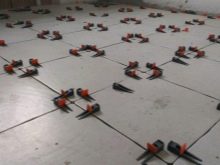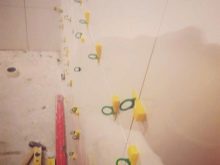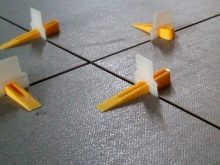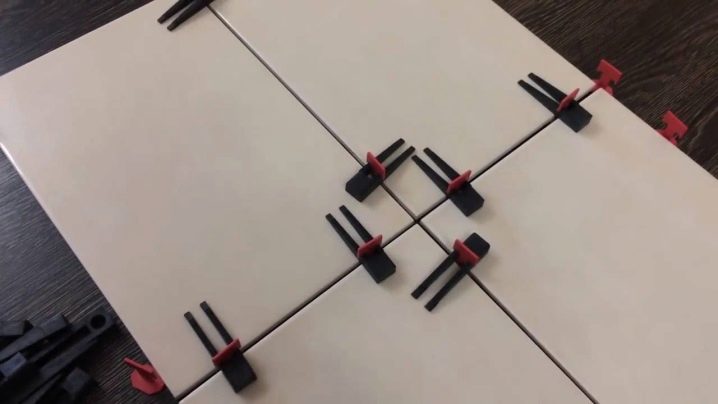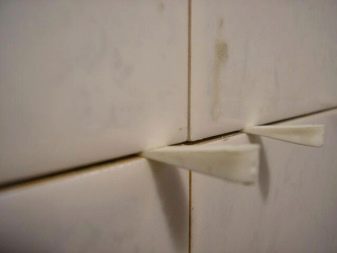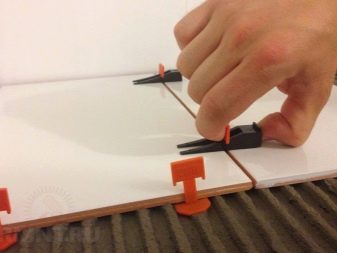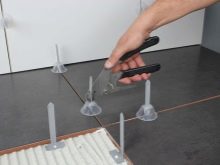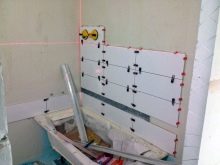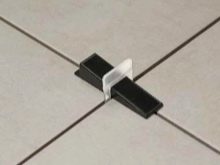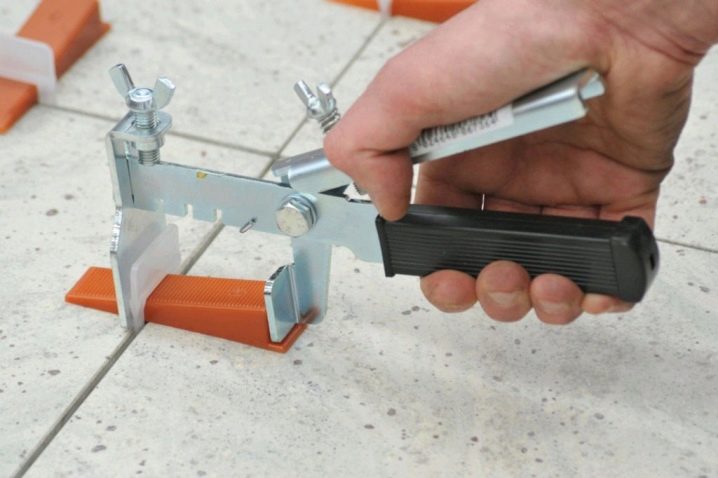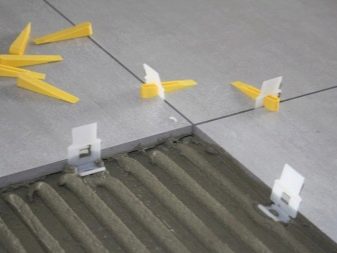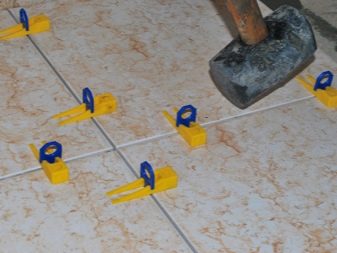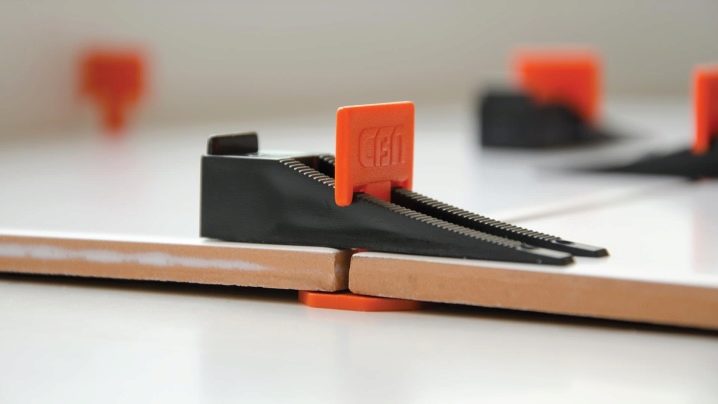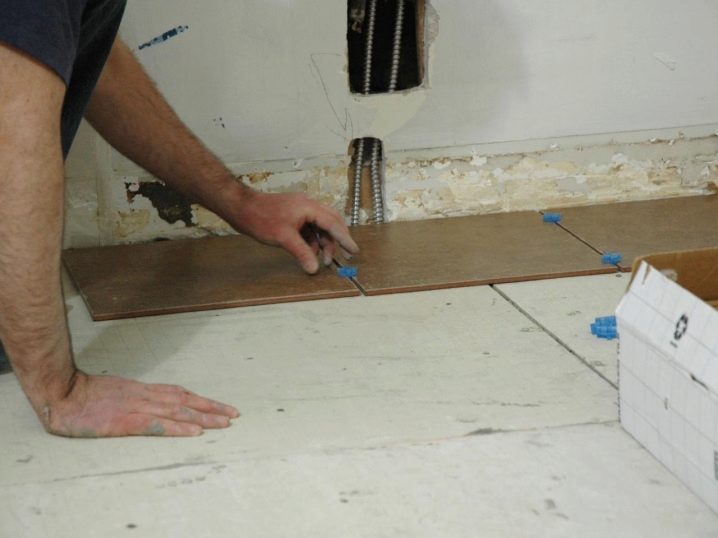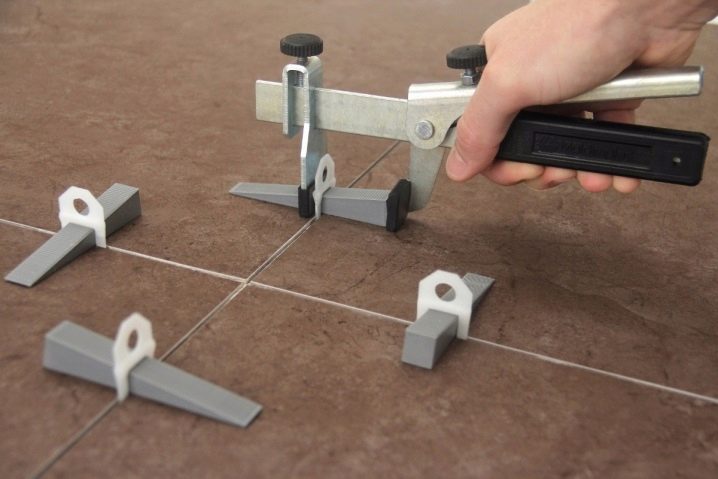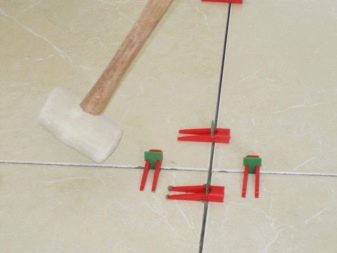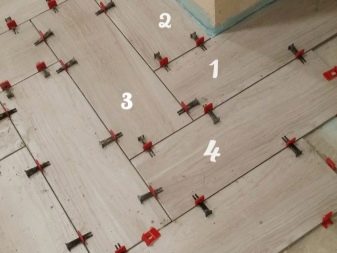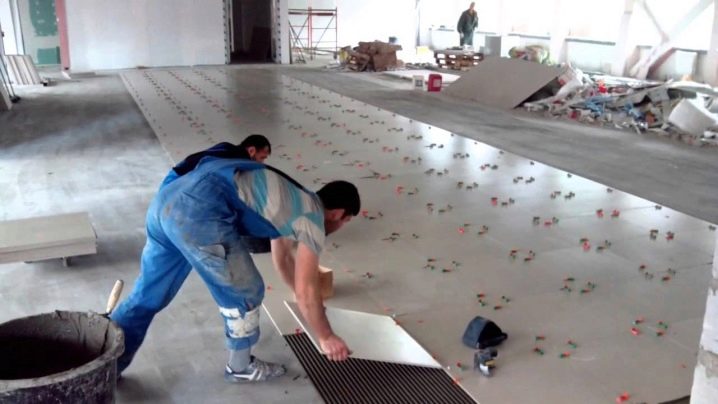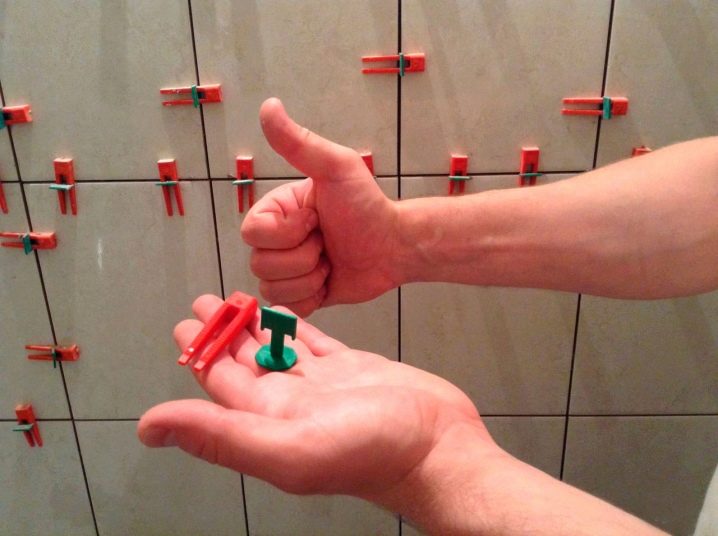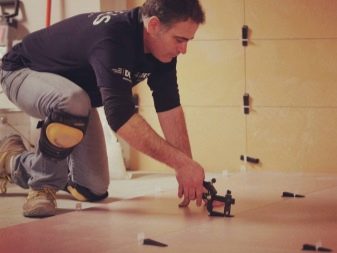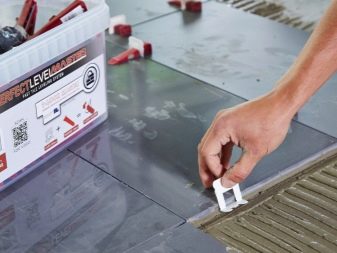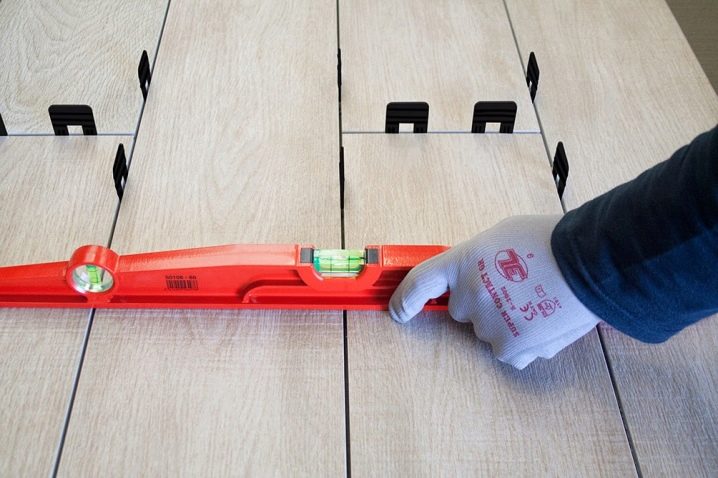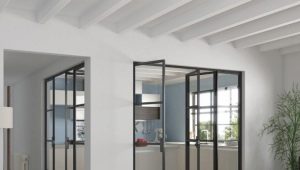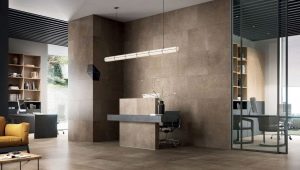Wedges for laying tiles: application features
If you want to lay ceramic tiles on an uneven base with the existing difference in height, first of all you need to align the ceramic tiles. Usually, people resort to the help of repair teams, but this work can also be carried out independently.
Leveling system
A special system designed for leveling ceramic tiles when laying, allows you to perform cladding work much faster. The finished surface will be smooth without any drops..
The principle of operation of this system will replace the use of a set of plastic crosses, which were previously installed on the seams. The system consists of wedges, each of them has a clamp. The main element of the system is wedgesBy means of which there is an opportunity to regulate an arrangement of tiles on a plane. To fix these elements, you will need a second type of such wedges, which are called clamping.
Using two such elements, it turns out to install, and after and fix the tile in the correct position. After laying the tile the surface will be perfect and very even.
When it is necessary to make laying large tiles, such details are pre-covered with a double layer of adhesive composition.
Such a system has many advantages, with the result that it is becoming increasingly popular among professionals.
To study the feasibility of using such a system for the perfect alignment of ceramic tiles, you should familiarize yourself with its advantages:
- The floor is perfectly flat. The flooring with facing from tile with the use of leveling systems really becomes smooth and even, and the aesthetics of the look improves. All this is reflected in the improved operational quality of the facing coating. The process of installing tiles will accelerate, the workflow will become easier and easier.
- The floor surface will be covered with uniformly uniform seams, while the lining will turn out really chic.
- Glue mass is distributed evenly over the entire surface of the tile, glue is used to smooth the floor surface. This solution perfectly fills the existing voids that form on the floor during facing works. The absence of this system will not allow the glue to be distributed perfectly evenly.
- If the tile is laid in such a way, it is possible to prevent subsidence of the tile during operation.
- Fixing ceramic tiles in the right position is another advantage of the system. It will be very difficult to achieve such results when laying the cladding material by hand. When laying tiles in an ordinary way, after drying, sagging and displaced areas may appear. The use of a clamp to align the facing material will help to eliminate the appearance of such defects when laying the tile. The tile will be installed in the correct position and remain perfectly laid before drying.
Despite the many advantages, this system still has its drawbacks:
- temporary cash costs for mounting and removing special clamps;
- In this process, all seams are filled with glue, respectively, the intervals between the tiles will need to be cleaned before filling;
- It is not at all profitable to acquire the whole system for laying tile in small rooms.
Variety of systems
This unique tile alignment system is available in two types. The first option is cheaper, so it is used much more often.
Usually such an inexpensive system is used on an uneven basis with differences in height.. Here you will need a wedge that will clamp the base element of the system and place the tile on the plane exactly.
The price of another type of system designed to smooth ceramic tiles is several times more expensive. Such a system stands out for its extraordinary structure - curved inserts in shape. This is exactly what allows for self-leveling without the use of additional intervention. The plates start to level off automatically, and this allows for the appearance of multiple defects..
This system is characterized by ease of use. Of course, it will take time to install, only the result is really worth it.
The installation of this system consists of the following steps:
- we put glue structure on a tile plate (it is best of all to apply the gear spatula for putting glue);
- after laying the tiles we fix the correction system;
- next we make laying the next plate;
- for fastening the insert into the action let wedges;
- install the insert on both sides of the tile;
- then we adjust the clamps to tighten the inserts;
- we count the seams in accordance with the visible glue.
It must be remembered that the remnants of glue should be cleaned out of the seams when laying tile, otherwise you will have to make a lot of effort to remove the dried glue.
Technology use system
For self-laying tile using the alignment system needed.
- In the beginning, you should prepare the work surface: clean it from dust or degrease it from dirt.
- The floor surface should be primed to increase the adhesion of the adhesive solution to the surface.
- Prepare the adhesive mass according to the instructions. Otherwise, problems may arise during the drying of the glue and difficulties with the strength of the composition.
- Glue is applied to the floor, the thickness of the adhesive base is determined according to the data from the instructions.Before laying the floor tile install two clips at a distance of 1 cm from the edges.
- In the same way set the next tile. Between the two tiles, between the top / bottom of the clamp, set the wedge. Wedge fixed in the correct position.
- The lower part of the wedge is tightly fixed. Alignment is carried out using exactly this part of it.
- Also install the remaining wedges under each ceramic plate. It is possible to remove wedges at full drying of glue.
- For proper disassembly of the wedges, use a hammer and chisel. The elimination of these clips is made in the longitudinal direction regarding the seams. When wedges are removed, the lower elements are left under the tile.
- Do not reuse the used clips. Immediately after dismantling, these elements are thrown away.
- For proper alignment, optimum humidity and temperature conditions must be observed in the room. A temperature of less than 15 degrees is considered unacceptable, as is an increased level of humidity.
Details about the system of laying tiles with wedges can be found in the video below.
